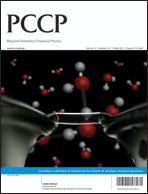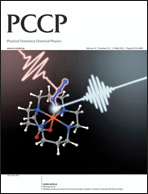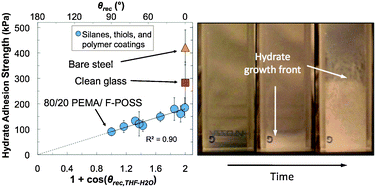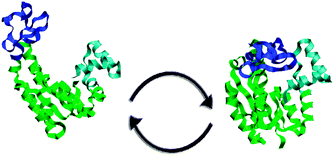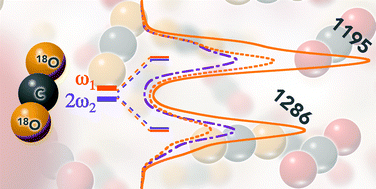This month sees the following articles in PCCP that are in the top ten most accessed in February:
Density Functional Theory for Transition Metals and Transition Metal Chemistry
Christopher J. Cramer and Donald G. Truhlar
Phys. Chem. Chem. Phys., 2009, 11, 10757-10816
DOI: 10.1039/B907148B
Solar hydrogen production with semiconductor metal oxides: New directions in experiment and theory
Álvaro Valdés, Jeremie Brillet, Michael Grätzel, Hildur Gudmundsdóttir, Heine A. Hansen, Hannes Jónsson, Peter Klüpfel, Geert-Jan Kroes, Florian Le Formal, Isabela C. Man, Rafael S. Martins, Jens K. Nørskov, Jan Rossmeisl, Kevin Sivula, Aleksandra Vojvodic and Michael Zäch
Phys. Chem. Chem. Phys., 2012, 14, 49-70
DOI: 10.1039/C1CP23212F
Graphene-based Electrochemical Energy Conversion and Storage: Fuel cells, Supercapacitors and Lithium Ion Batteries
Junbo Hou, Yuyan Shao, Michael W. Ellis, Robert B. Moore and Baolian Yi
Phys. Chem. Chem. Phys., 2011, 13, 15384-15402
DOI: 10.1039/C1CP21915D
Activated graphene as cathode material for Li-ion hybrid supercapacitors
Meryl D. Stoller, Shanthi Murali, Neil Quarles, Yanwu Zhu, Jeffrey R. Potts, Xianjun Zhu, Hyung-Wook Ha and Rodney S. Ruoff
Phys. Chem. Chem. Phys., 2012, 14, 3388-3391
DOI: 10.1039/C2CP00017B
Carbon materials for supercapacitor application
Elzbieta Frackowiak
Phys. Chem. Chem. Phys., 2007, 9, 1774-1785
DOI: 10.1039/B618139M
Facile Preparation of Nitrogen-doped Graphene as a Metal-free Catalyst for Oxygen Reduction Reaction
Ziyin Lin, Min-kyu Song, Yong Ding, Yan Liu, Meilin Liu and Ching-ping Wong
Phys. Chem. Chem. Phys., 2012, 14, 3381-3387
DOI: 10.1039/C2CP00032F
Interfacial modification of organic photovoltaic devices by molecular self-organization
Akira Tada, Yanfang Geng, Motoshi Nakamura, Qingshuo Wei, Kazuhito Hashimoto and Keisuke Tajima
Phys. Chem. Chem. Phys., 2012, 14, 3713-3724
DOI: 10.1039/C2CP40198C
Characterization of nanostructured hybrid and organic solar cells by impedance spectroscopy
Francisco Fabregat-Santiago, Germà Garcia-Belmonte, Iván Mora-Seró and Juan Bisquert
Phys. Chem. Chem. Phys., 2011, 13, 9083-9118
DOI: 10.1039/C0CP02249G
Analytical Methods for Separating and Isolating Magnetic Nanoparticles
Jason R. Stephens, Jacob S. Beveridge and Mary Elizabeth Williams
Phys. Chem. Chem. Phys., 2012, 14, 3280-3289
DOI: 10.1039/C2CP22982J
Air and water stable ionic liquids in physical chemistry
Frank Endres and Sherif Zein El Abedin
Phys. Chem. Chem. Phys., 2006, 8, 2101-2116
DOI: 10.1039/B600519P
Why not take a look at the articles today and blog your thoughts and comments below.
Fancy submitting an article to PCCP? Then why not submit to us today!
Comments Off on Top 10 most-read PCCP articles in February













